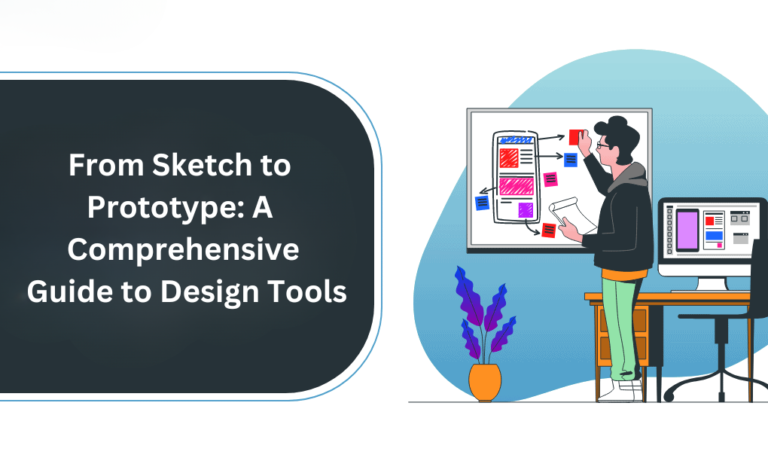Exploring the Fascinating World of Reverse Engineering

Exploring the Fascinating World of Reverse Engineering, Reverse engineering is a captivating process that involves deconstructing and analyzing a product or system to understand its design, functionality, and components. While the term may conjure images of espionage or covert operations, reverse engineering is a legitimate and valuable practice used in various industries for innovation, improvement, and troubleshooting. In this blog, we will delve into the fascinating world of reverse engineering, exploring its applications, methodologies, and the significant impact it has on product development and technological advancement.
The Concept of Reverse Engineering:-
At its core, reverse engineering is the process of working backward from the final product to unravel its design and underlying technology. It involves dissecting the product, gathering data, and reconstructing a detailed understanding of its structure and functionality. Reverse engineering can be applied to physical products, software applications, and even biological systems.
 Applications of Reverse Engineering:-
Applications of Reverse Engineering:-
Reverse engineering finds applications in a diverse range of industries, each benefiting from its unique advantages:-
Product Development
Reverse engineering allows companies to study competitors’ products to gain insights for developing their own versions. It aids in identifying innovative features, understanding design choices, and enhancing product performance.
Legacy Systems
In industries where documentation may be lost or outdated, reverse engineering helps in understanding and maintaining legacy systems.
Repair and Maintenance
When replacement parts for older equipment are scarce or unavailable, reverse engineering enables the creation of compatible components.
Quality Control and Counterfeit Detection
Reverse engineering can help detect counterfeit products by comparing their designs with the authentic ones.
Software Development
In the software industry, reverse engineering helps in understanding code, identifying vulnerabilities, and improving software performance.
Biomedical Engineering
Reverse engineering plays a crucial role in creating personalized medical devices and prosthetics based on a patient’s anatomy.
Methodologies of Reverse Engineering:-
 Reverse engineering involves a systematic approach to deconstructing a product or system. The key methodologies include:
Reverse engineering involves a systematic approach to deconstructing a product or system. The key methodologies include:
Data Acquisition
The first step is to gather data about the product or system. This can be achieved through 3D scanning, measurements, disassembly, or digital data extraction.
Analysis
Engineers analyze the acquired data to understand the product’s structure, material properties, and functional characteristics.
Modeling
Using specialized software, engineers create digital 3D models or software representations of the product, enabling further analysis and modifications.
Design Optimization
Through the acquired knowledge, engineers can improve the product’s design, making it more efficient and effective.
Technologies in Reverse Engineering:-
 Technological advancements have significantly enhanced the capabilities of reverse engineering. Key technologies include:
Technological advancements have significantly enhanced the capabilities of reverse engineering. Key technologies include:
3D Scanning
3D scanning uses lasers, structured light, or other methods to capture the physical geometry of an object, creating precise 3D models.
Computer-Aided Design (CAD)
CAD software allows engineers to create detailed digital models and simulate modifications.
Computer-Aided Manufacturing (CAM)
CAM software enables the translation of digital models into manufacturing instructions for 3D printing, CNC machining, or other production methods.
3D Printing
Additive manufacturing techniques like 3D printing can be employed to create physical prototypes directly from digital models.
Challenges in Reverse Engineering
Reverse engineering, while fascinating, is not without challenges:
Complexity
Some products may have intricate designs, making the reverse engineering process complex and time-consuming.
Intellectual Property Concerns
Reverse engineering can raise intellectual property issues, especially if done without authorization or in violation of patents.
Data Accuracy
Obtaining accurate and comprehensive data is essential for successful reverse engineering.
Ethical Considerations
While reverse engineering is valuable, ethical considerations must be taken into account, especially when dealing with proprietary information.
The Future of Reverse Engineering:-
 As technology continues to advance, the future of reverse engineering looks promising:
As technology continues to advance, the future of reverse engineering looks promising:
Integration of Artificial Intelligence (AI)
AI-driven algorithms can aid in automating the reverse engineering process and analyzing complex data sets.
Improved 3D Scanning Techniques
Advancements in 3D scanning technologies will lead to faster and more accurate data acquisition.
Medical Applications
Reverse engineering will play a pivotal role in personalized medical treatments and bioprinting.
Conclusion:-
Reverse engineering is a captivating and valuable process that unlocks the secrets of products and systems, driving innovation and progress in various industries. From improving product development and quality control to supporting medical advancements, the applications of reverse engineering are vast and diverse. As technology continues to evolve, the future of reverse engineering holds the promise of even greater insights, efficiency, and impact on the way we create, innovate, and understand the world around us. Embrace the fascinating world of reverse engineering, and unlock a world of possibilities for product development and technological advancement. Hope now you will be able to, Exploring the Fascinating World of Reverse Engineering.







